Indian materia medica
In Volume 5 of The quarterly journal of veterinary science in India, published in 1887, there is a two part article by T J Symonds ‘Illustrations of Indian materia medica’.
Thomas J Symonds (?-1892) graduated from the London Veterinary College in December 1870. He entered the Army Veterinary Department in March 1871 and served in the Afghan War 1880-1881; taking part in the march from Quetta as part of the relief of Kandahar. At the time of his death Symonds was involved in purchasing remounts for the government in Madras.
His obituary in the South of India Observer (reprinted in The Veterinarian September 1892) says that he was ‘engaged in literary work for a portion of his professional career and was the author of some books connected with professional subjects’. We have several of Symonds’ books in our historical collection which are all about plants and their use as material medica
Saunders Comprehensive Veterinary Dictionary (3rd ed 2007) defines materia medica as:
“the study of materials used in medicine. It used to be a subject in veterinary curricula and dealt mostly with the physical and chemical characteristics of the medicinal substances. As a science it has now been largely superseded by pharmacology”.
Given that materia medica was taught in the veterinary schools it is not surprising that the early journals contain lots of information on plants and their use as veterinary medicines. For me Symonds’ article stands out because of the full page colour illustrations that accompany the text
Aloe Indica –. ‘[its] juice … gives an inferior kind of drug’
Calotropsis Gigantea –useful in diarrhoea, dysentery and chronic rheumatism
Cinchona Officinalis – its bark can be used in the treatment of fevers.
Azadirachta Indica – used as a poultice to relieve nervous headaches, the juice of the leaves are said to be anthelmintic, diuretic and to resolve swellings.
Carum (Ptychotis) Ajowan – used as an antispasmodic, carminative, tonic and stimulant
(Note how this plant is to bushy to fit on the page! The leaves stray outside the border and it is printed on a bigger sheet of paper which had to be folded to fit with the rest of the volume).
For more information on the The quarterly journal of veterinary science in India .

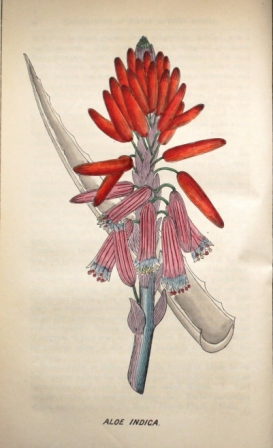
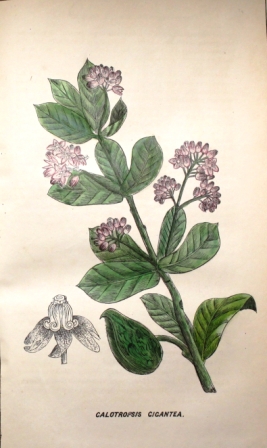
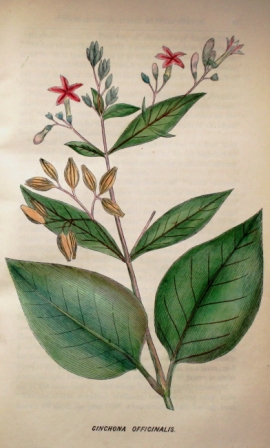
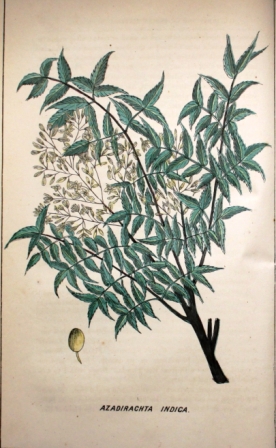
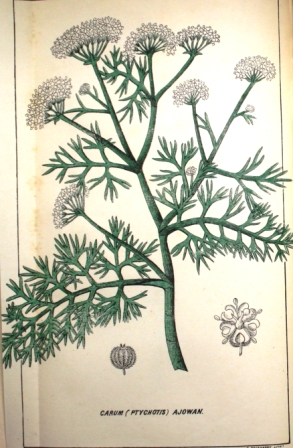
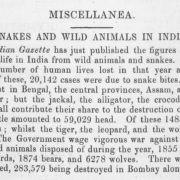
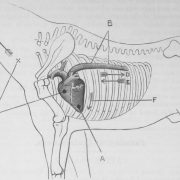
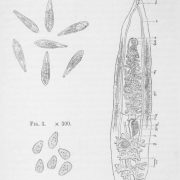

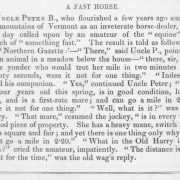
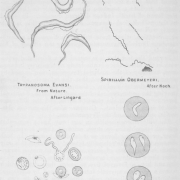



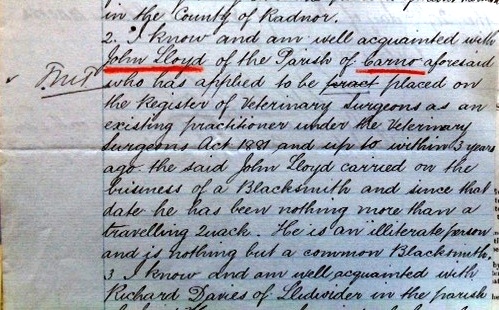
Leave a Reply
Want to join the discussion?Feel free to contribute!